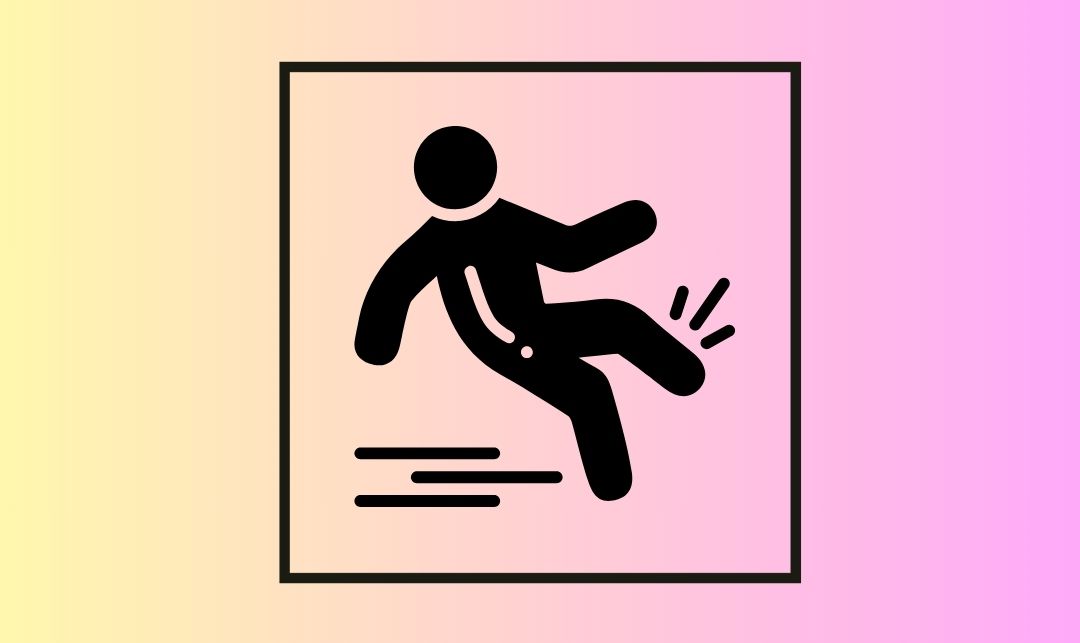
Falls in Older Australians: Why It Matters More Than You Think
I originally planned to publish this in early April to support “April Falls”, a health awareness campaign that shines a spotlight on the prevention of falls among older adults.
The 2025 theme — “Falls prevention is everyone’s business” — couldn’t be more relevant. While it may seem like a distant issue, especially if you’re in your 40s or 50s like me (I’m 51), the reality is this: falls affect us all, whether through ageing parents, grandparents, or even our own future health.
Most of us have loved ones who are getting older. And with any luck, we’ll all reach old age ourselves — making falls a personal concern, not just a clinical one.
Why Falls Matter
According to the Australian Institute of Health and Welfare (AIHW):
Dr. Peter Attia, a physician focused on longevity, highlights a sobering statistic:
“Once you hit the age of 65, if you fall — which is pretty likely — and you break your hip or femur, there is a 15–30% chance you will be dead within the next 12 months.”
To be honest, this statistic shocked me!
We don’t typically associate falls with death — but for older adults, a single fall can become a turning point. Even if not fatal, falls can lead to long hospital stays, lasting complications, reduced mobility, and the loss of independence.
The Facts: AIHW 2019–20 Data
Here’s a snapshot of the latest data on falls among Australians aged 65+:
What Can Be Done?
✅ Falls are not inevitable — they are preventable.
Evidence-based strategies include:
The NSW Fall Prevention and Healthy Ageing Network reports that any type of strength or balance exercise can reduce the risk of falling by up to 23%.
If you’re unsure where to start, talk to your GP. They can refer you to professionals like:
Why This Matters for All of Us
Falls aren’t just about broken bones. They can mean months of rehabilitation, loss of independence, or permanent disability. They impact not only individuals, but their families, carers, and communities.
As Australia’s population ages, taking action now is critical — not just to save healthcare costs, but to preserve dignity, mobility, and quality of life.
So, whether you’re 51 like me or 81 like a beloved parent or grandparent — take that first step today. Exercise more, check in on a loved one’s living environment, or book that GP appointment.
Because falls prevention really is everyone’s business.
📚 References